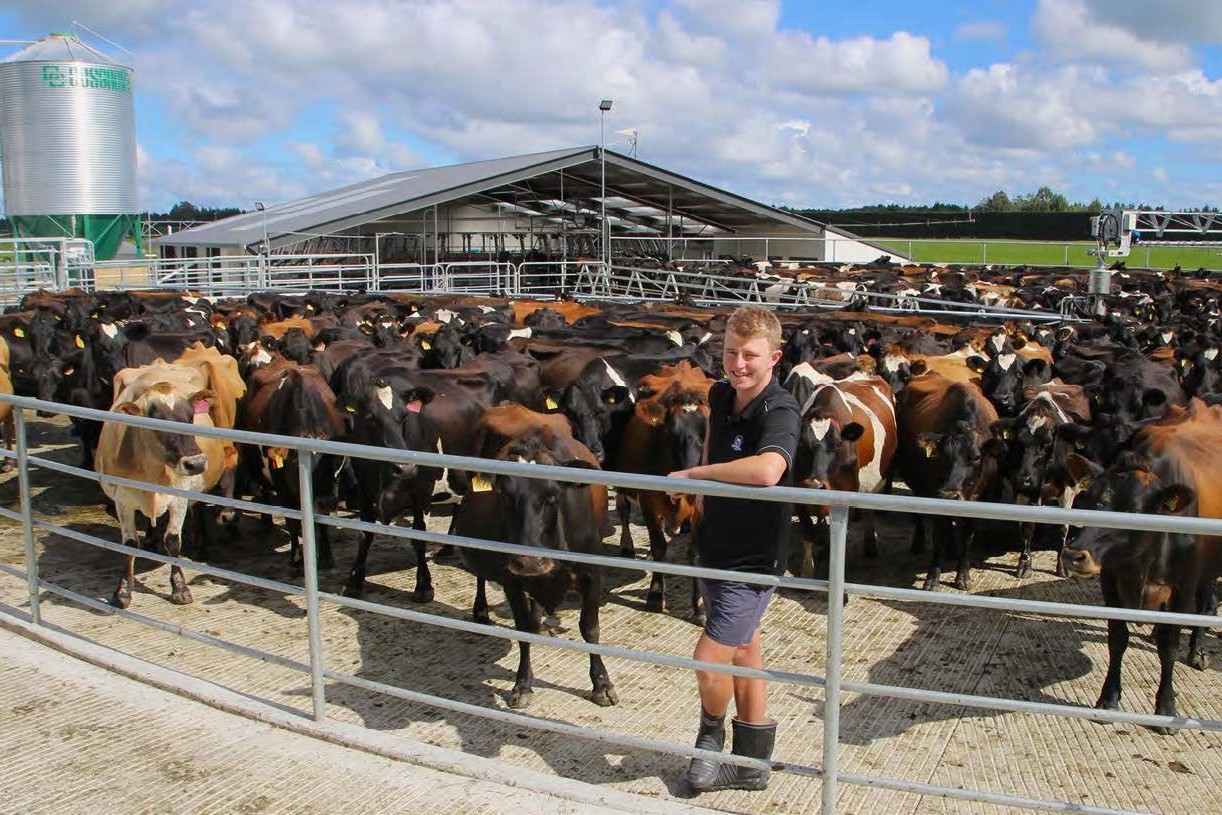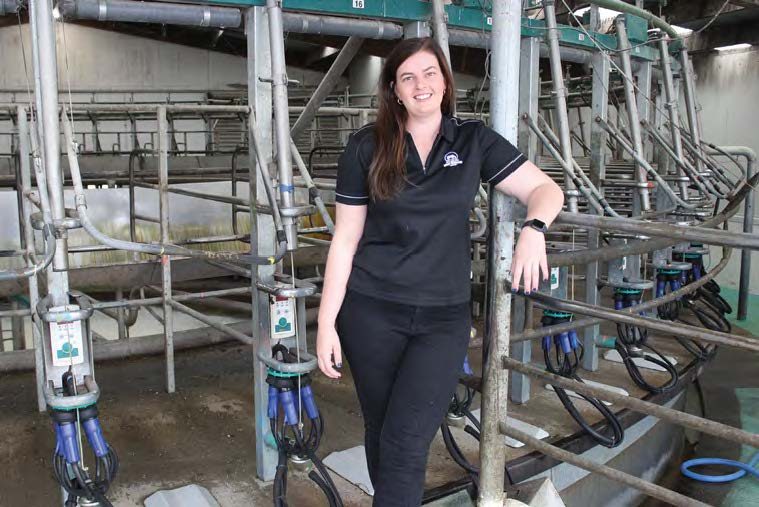Salt for production
The lack of sodium (Na) can be a production limiting issue for livestock.

This is easily fixed with salt. Published research from New Zealand and overseas has demonstrated economic response to salt supplementation in low sodium conditions for dairy, beef and sheep farms. For example: On a dairy farm in Rotorua, 35 grams of salt per cow per day lifted milk production by 12%.
The farm grew sufficient pasture drymatter and the cows were not unwell but the lack of sodium was holding back production. Salt fixed this. Sodium requirements vary from animal to animal but NZ has transient and permanent low sodium conditions.
- Low sodium in soils especially away from the coast
- Plants that don’t transfer sodium from the soil to their steams or leaves: lucerne, maize, red clover, kikuyu, browntop, Caucasian clover, triticale
- In high potassium (K) soils or following potassium application, plants will take it up ahead of sodium causing a deficiency
- Lactating animals secrete sodium in milk. A cow milking 20 litres/day will lose 35g of salt in milk
- Feed supplements are often low in sodium: maize silage, palm kernel, grains
- In hot humid conditions animals lose sodium in sweat.
Applying sodium with fertiliser or adding salt to supplemental feeds, supplying salt blocks will provide an opportunity to increase sodium levels, so increasing production. The return is far greater than the cost of salt.
Salt is available from your local farm supplies stores in the form of bagged salt, salt mixes and salt blocks.
- The book Use of Salt in New Zealand Pastoral Farming is available free by emailing colin.perkinson@domsalt.co.nz





